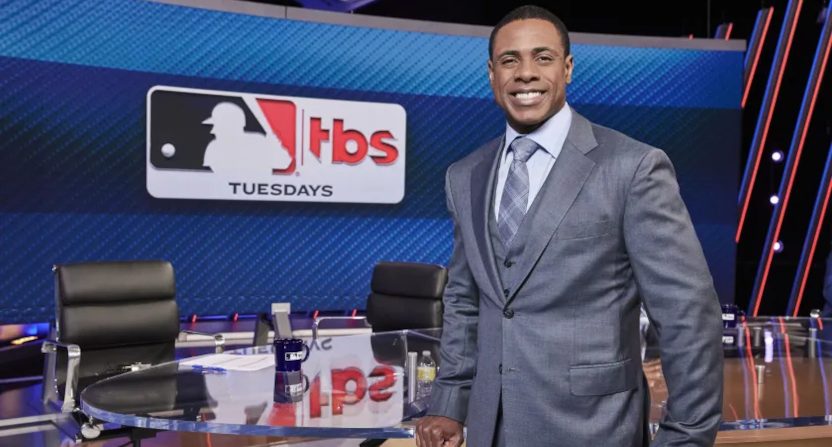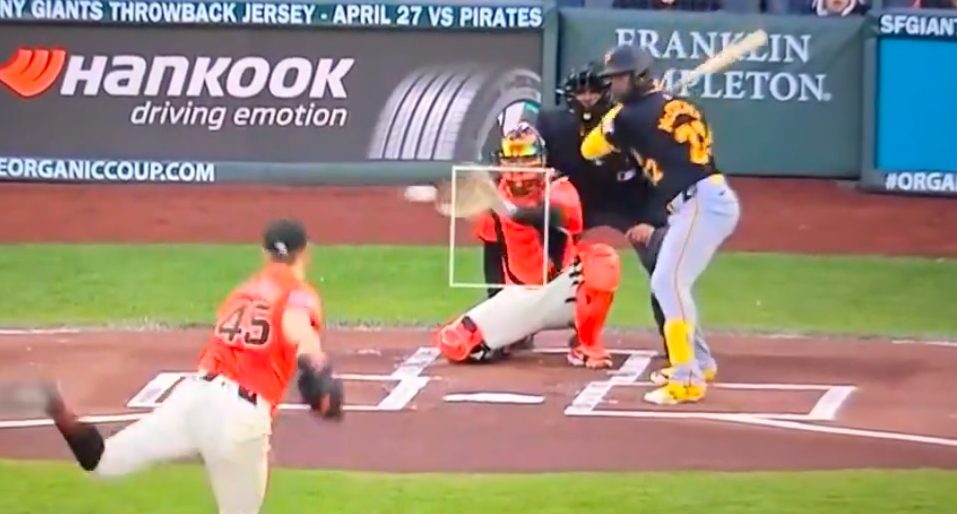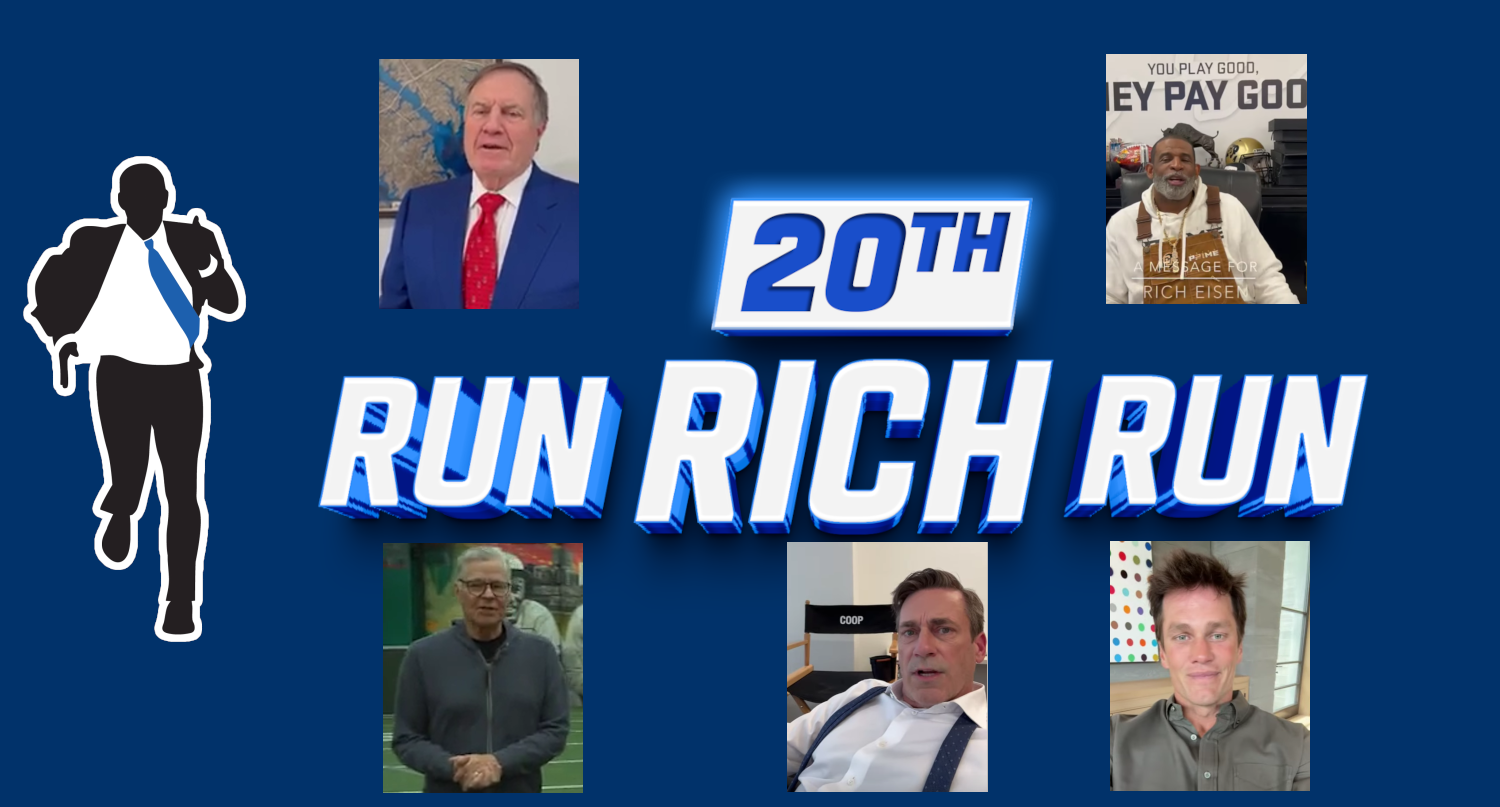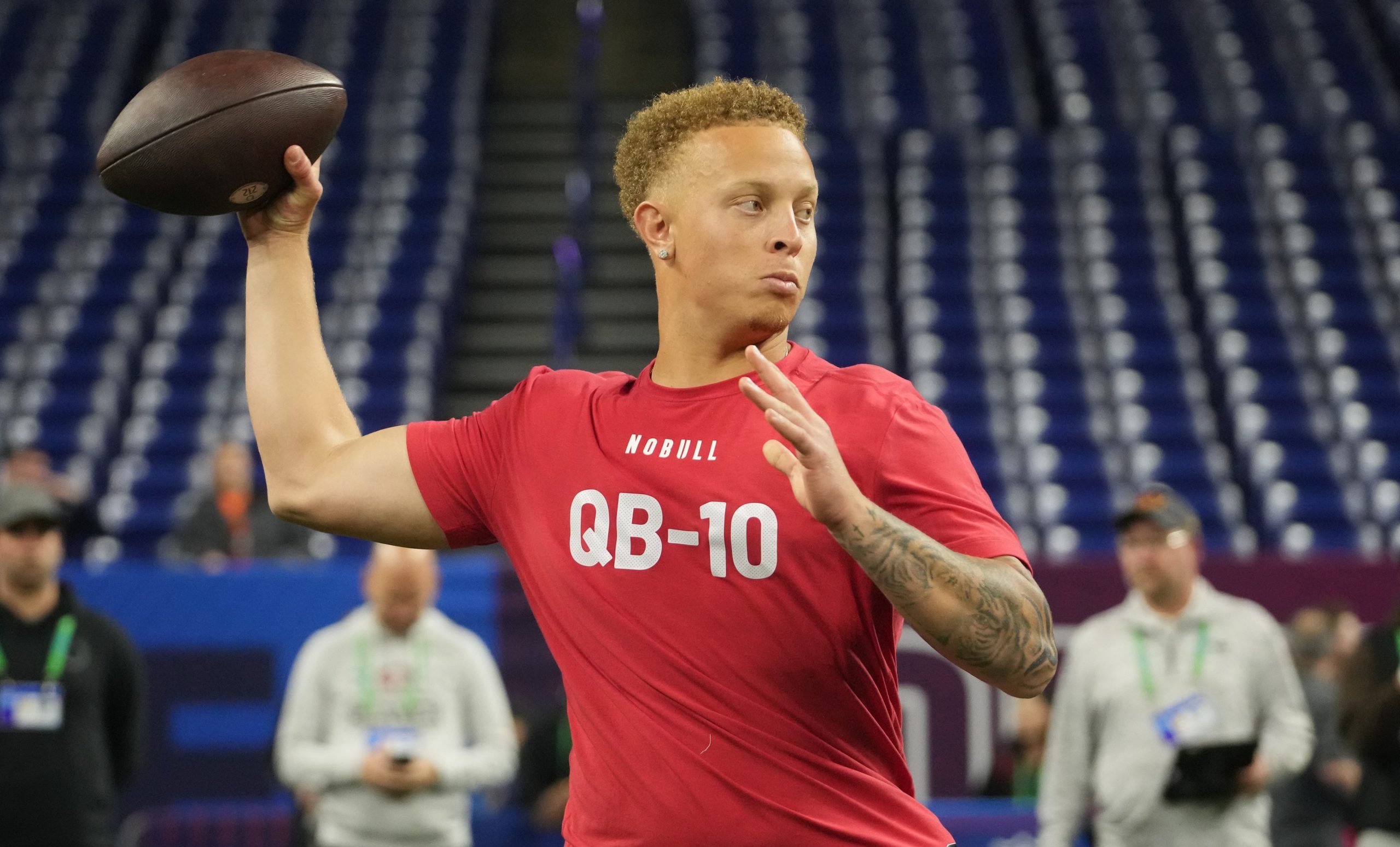The MLB Division Series playoffs are underway, with WBD Sports’ MLB on TBS playoff broadcasts beginning Saturday night. They have exclusive rights to the National League Division Series and Championship Series. On Saturday, they’ll have the first game of the Atlanta Braves-Philadelphia Phillies series at 6:07 p.m. ET, then the first game of the Los Angeles Dodgers-Arizona Diamondbacks series at 9:20 p.m. ET. Analyst Curtis Granderson will appear on the MLB on TBS studio coverage throughout this postseason, joined by fellow analysts Pedro Martinez and Jimmy Rollins.
Granderson spoke to AA recently about that work, his overall time broadcasting so far (including both game analyst and studio analyst work for TBS), and his role as board chair for The Players Alliance. He has been doing some analyst work since 2007, when he started appearing as a TBS guest analyst for the playoffs while still in the early part of his playing career (he made his MLB debut with the Detroit Tigers in 2004). He spoke to AA’s Brian Powell on that work in 2008.
Granderson did further guest analyst work for TBS afterwards, including with the 2019 playoffs, and shifted into a regular analyst role with them in 2020 after retiring that January. He said his broadcasting experience has helped him grow from his early days, particularly with becoming more confident in getting his opinion out there.
“I’m not sure easier would be the word, because there’s always something that’s changing. The first years that I started were 2007-2008 as a guest, and I came in, and we just had such a great staff, Frank Thomas, and [Dennis] Eckersley, and Cal Ripken, just to name a few.”
“So you come in at that part of your career and you have just these greats, and you’re trying to be up there with them and not mess up and not talk over them. But they might specifically be talking about leading off and stealing a base, which was my focus at that point, and I still don’t want to step on any toes.”
But Granderson said it’s not necessarily easier to broadcast now than it was, even with that experience. He pointed out that the last few years have seen so many notable MLB changes, from the COVID season to the universal DH to pitch clock and anti-shift rules.
“Fast forward to where you start to do it a little more consistently. Then COVID happens, we get in, we do a year, do a year, do a year. There’s always something different, from the rule changes to the movement of players, all just a lot of stuff to continue to keep track of.”
Granderson said working on these broadcasts is a highly enjoyable job, though.
“It’s fun, because a lot of people ask how do I feel about retirement, and I say ‘I get to finally just watch and enjoy being a fan.’ And that’s the part about being with TBS. We talk about the game prior to, we watch during, and then we come back and tell you what happened and a lot of other stuff from the league that we’re also keeping an eye on and get to break down a little bit.”
He said one notable shift in his analysis over time has been realizing that what may seem simple for him isn’t necessarily the same for viewers.
“One of the biggest things that was brought to me, and it was by our former high-up producer TK [Tim Kiely], and he always said ‘Remember that you’re the expert in this space.’ And I think we lose sight of that. We played, me for example, I played since I was six years old, I retired at 39, I know a lot of baseball.”
“And I can start to assume that everyone I’m talking to, whether it’s friends, family, our the audience at home watching, knows as much as I do, when the reality is that they don’t. So even that if I break down something that seems simple to me, it could be very high-level to someone else, and they get excited about it, they enjoy it.”
“So that’s been the one thing I had to understand; I don’t have to be so over the top, so over-analytical, which is me by nature. Just breaking it down and keeping it simple can really do a lot.”
He said one case where that came up recently was with a question about hitting advice.
“I’m just talking to a buddy of mine recently, and he said ‘What’s one piece of advice you would give somebody about hitting?’ And I said ‘You just have to be ready to hit.’ And I know a lot of people were expecting something else, ‘Put your hands here, or here.’ But you’ve just got to be ready to hit, that’s a big thing.”
“And then they say ‘What do you mean?’ and you break that down. It still ends up being something simple, but a lot of people forget some of those basic things.”
Granderson said the MLB on TBS team has been fun to work with, especially with the chemistry that they have.
“It’s a good group, and we enjoy just kind of watching/talking/eating. It’s literally like a mancave experience, where you’re just in the basement, the game is on, we get into it a little bit off air about a topic that we may not even talk about on air, but it’s something that’s front and center. And the different levels of experience that we have, we have Hall of Famer Ernie Johnson, we have Lauren Shehadi who was in there before, who’s amazing and just so knowledgeable.”
“And then you bring in, obviously, Baseball Hall of Famer Pedro [Martinez], Jimmy Rollins, who had a MVP, World Series career, and then I kind of come in. We have so many different points of view and angles that we can all piggyback off each other.”
“And behind the scenes in the room about what are we going to eat, what are we going to watch, what’s going to happen, us being those armchair coaches, it’s really fun to see and watch. And nine times out of 10, we’re pretty happy when we’re watching from that side, so it’s pretty cool to see.”
Most of Granderson’s work has been as a studio analyst, in not just the postseason but also on TBS’ since-2022 Tuesday night regular season package. But he’s also slid into a game analyst role for some of those games. Granderson said both the game analyst and studio analyst roles are interesting, with the game analyst role feeling more intense thanks to the pace.
“Game analyst is pretty unique, because I feel like even though we’re doing the same exact game, it just feels like there’s a little bit more length involved. And that can be just over the course of the day, I get to interview both of the managers, you’re at the stadium, you feel the energy of the crowd.”
“And it’s one thing being out there with 30-50,000 people versus being in a studio with 13-15 cameras, on the energy side of that. And I always reference that when I played in the playoffs, just that energy, focus, intensity, I always felt more drained after a playoff game.”
“And I reference in-game to that versus during a game, because you’re constantly watching the game, you’re hearing things, you’re talking about the play that just happened, oh yeah, it’s commercial time now, we’ve got a shorter game break, I’ve still got to eat something and get back on talking, I really want to talk about that home run but he just struck out that batter.”
“So there’s a lot going on. You have to stay on your toes and you’re just constantly engaged. And it’s exciting. It has its challenges, just like pre- and postgame do, but I think that’s what makes them both so exciting.”
He said both roles are made easier by the teamwork of everyone on the MLB on TBS staff.
“The people that are very good in each of those aspects, you’ve got to give them a ton of respect, because there’s a lot of work and craft that go into it, not only just for the people that are talking but for the people that are behind, helping those individuals talk, whether it’s the pre-production meetings, whether it’s the stat people, whether it’s the cameras, the videographers that are trying to capture that play so you can really talk about it so the fans can see it, there’s a lot that goes into it. And there’s a great deal of respect for all those who have done it for such a long time at such a high level.”
Granderson said postseason broadcasting is particularly interesting, as it avoids some of the regular-season challenges of players not suiting up for individual games.
“When you’re doing the broadcasting side, you know exactly where you’re at. You know these are the last teams who have crossed that first finish line, so it’s who’s going to advance to the next finish line. Prior to the season, you have some games that could be in flux, you’re hoping to have that superstar that you’re going to talk about, but that superstar could be off that day or injured that day or just pitched the day before or is set to pitch the day after. Or the implications could change.”
He said it’s also great to see the fans’ excitement about playoff games, and to see the importance of individual moments.
“It’s a different time of the year, and it’s really fun to feel the energy, when they’re all in the seats before the lineups are announced and the first pitch. And then you watch it, and everything is slightly magnified. One error that we may not highlight in June, we’re going to highlight it in October, because it’s probably got something to do with the implications of what just happened.”
“So it’s really fun, having the food and talking and watching the game, it just becomes a little more intense. We become fans; even though we may or may not have played for those teams, you want to see those players out there doing their best. So you’re watching it, you’re cheering, you’re getting excited. And then when it all wraps up, you get a chance to come out there and talk about it.”
As mentioned above, Granderson is also the chair of The Players Alliance, a group of past and present Black players with the mission “to address baseball’s systemic barriers to equity and inclusion by creating opportunities on and off the field for an undeniable pipeline of Black talent.” He said he’s really enjoyed working with that group.
“It’s such a great organization. And that plus the broadcasting here at TBS, that all kind of fell into shape in 2020 when there was COVID and everything was shut down. That was my real first year of doing this (broadcasting), and we ended up starting The Players Alliance. Edwin Jackson, along with Cameron Maybin, our two founding board members, had put this together on the heels of George Floyd and what happened to him that the whole world ended up seeing.”
“And Edwin Jackson, holding the world record for playing for the most teams, he obviously has a ton of teammates in that Rolodex. And we started reaching out and saying ‘Okay, what can we do besides just take to social media?’ Which was a great way to bring attention to it, but we definitely wanted to see more.”
“Things that had been talked about not just in our generation but in the generation prior to it, the Dave Winfields, the Willie Hortons, the Ernie Banks, that were trying to say ‘Hey, we just want to make more opportunities,’ in the game, out of the game, on the field, off the field, in more ways than one.’ That’s what ultimately brought the Players’ Alliance together.”
The latest
- Could NFL see next Saudi sportswashing controversy?
- ESPN and NBA have reportedly ‘essentially come to terms’ on deal that would keep Finals on ABC
- G/O Media sells The Onion to ‘Global Tetrahedron,’ ex-NBC reporter Ben Collins to serve as CEO
- Eli Gold on Alabama exit: ‘You can’t argue with city hall.’
“And now we’re getting the chance to do things across baseball and internationally. And it’s just so unique to see so many different generations of players connecting and telling their story, and how it’s very similar to the next generation, or the current generation, or the future generation, and just putting them together.”
“One thing that’s really been a highlight for me is that a lot of times you have a Hall of Fame dinner where multiple Hall of Famers are there, there’s an All-Star gathering, there’s a Gold Glove event, there’s the rookie symposium, there’s the top prospect thing. But at some of the events we’ve been able to put together, most recently at All-Star in Seattle.”
“And then upcoming we’ll have our stakeholders’ meeting in the Bahamas, we’ve had individuals such as Dave Winfield, Andre Dawson, Ken Griffey Jr., Ken Griffey Sr., Eric Davis, in the same room as recently-retired players such as C.C. Sabathia, Edwin Jackson, myself, Ryan Howard, Jimmy Rollins, with current all-stars Touki Toussaint, Jazz Chisholm, Josiah Gray, with the up-and-coming futures players that have just recently played in Futures games, with players who have just recently committed to play in college, Division I.”
“In one of our first-ever calls, a nine-year-old was on our 300-person Zoom, asking questions, going ‘Okay, what do I need to do to get to the next level?’ I think that part of it has been the most exciting, because you’re literally helping pave the way for all these different players to ultimately reach their goal and dream. ”
Granderson said the group’s looking to create opportunities beyond just the playing field, too.
“It may not actually turn out to be a Major League Baseball player, but it can provide other opportunities; GM, ownership, trainer, scout, agent, reporter, analyst, whatever it happens to be. And just continuing to connect all those dots has really been a mission and focus of The Players’ Alliance, which I’ve been excited to be on.”
WBD Sports’ postseason coverage begins Saturday night at 5:30 p.m. Eastern with pregame show MLB on TBS Leadoff.







